ANIMATE: Bringing Charm and Magic to Everyday Life
Products of Design MFA graduate Ziyun Qi’s thesis, Animate: Bringing Charm and Magic to everyday life, aims to help people see the exciting in the mundane, and to re-vitalize, re-energize, and above all, re-animate the objects around us that previously gave us life, hope, and spirit. Qi argues that modern life has conditioned people to crave novelty. “We are addicted to anything that is new, and discontented with what we already have,” Qi adds. “Everything that lacks superlative status and isn’t the newest, the most expensive, or the most popular, lacks both appeal and specialness.” She began the thesis with an exploration of how stories influence us and shape our behavior.
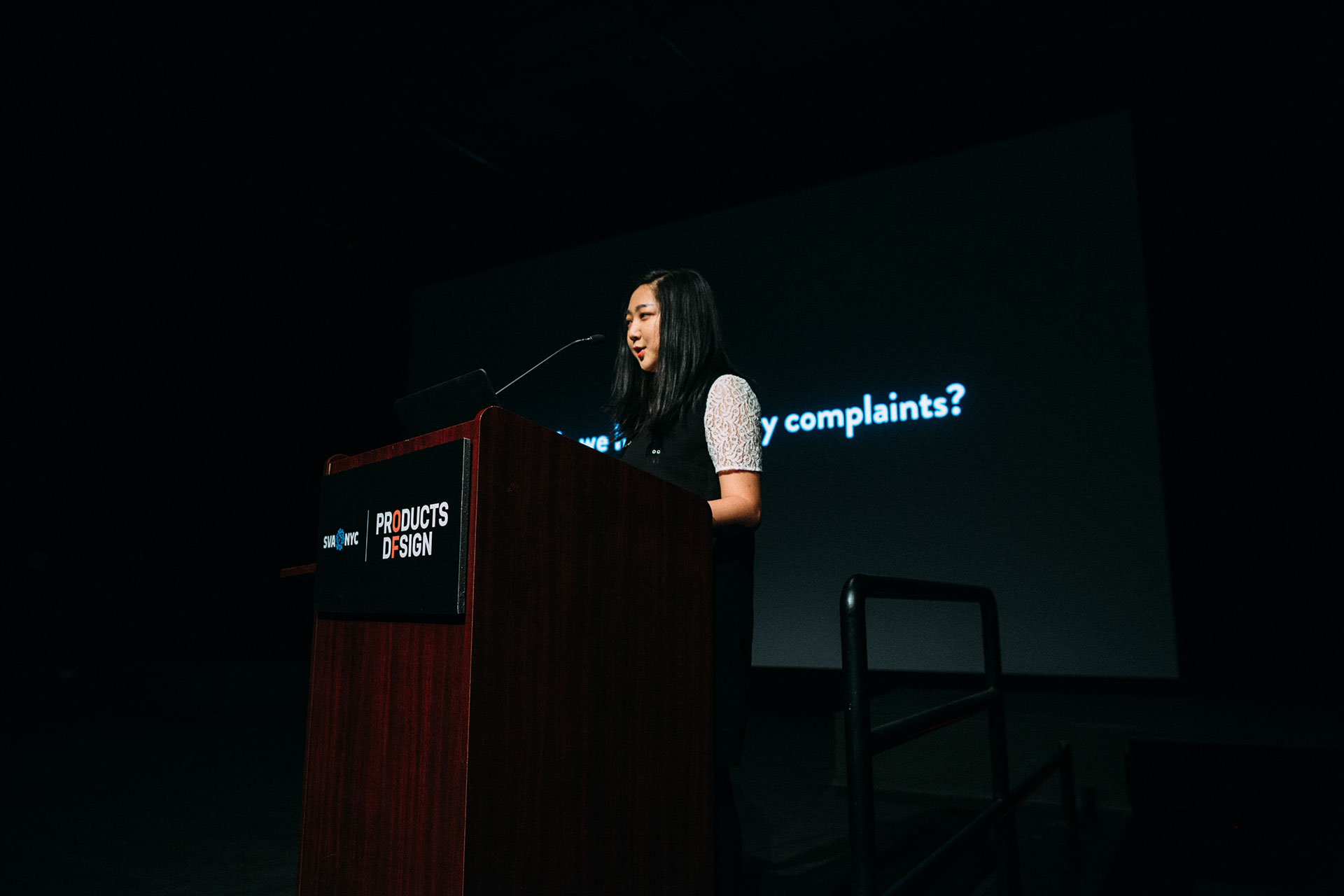
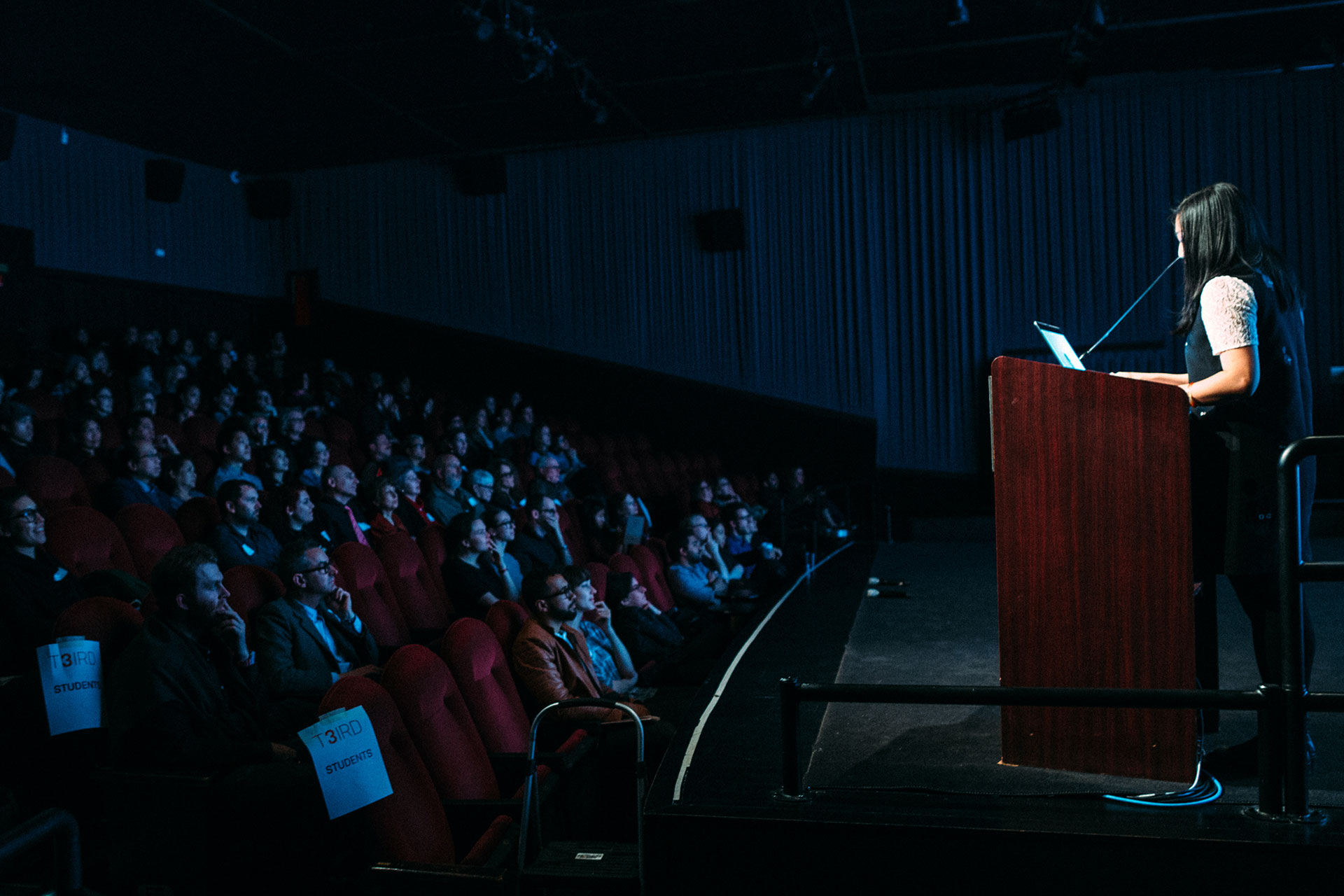
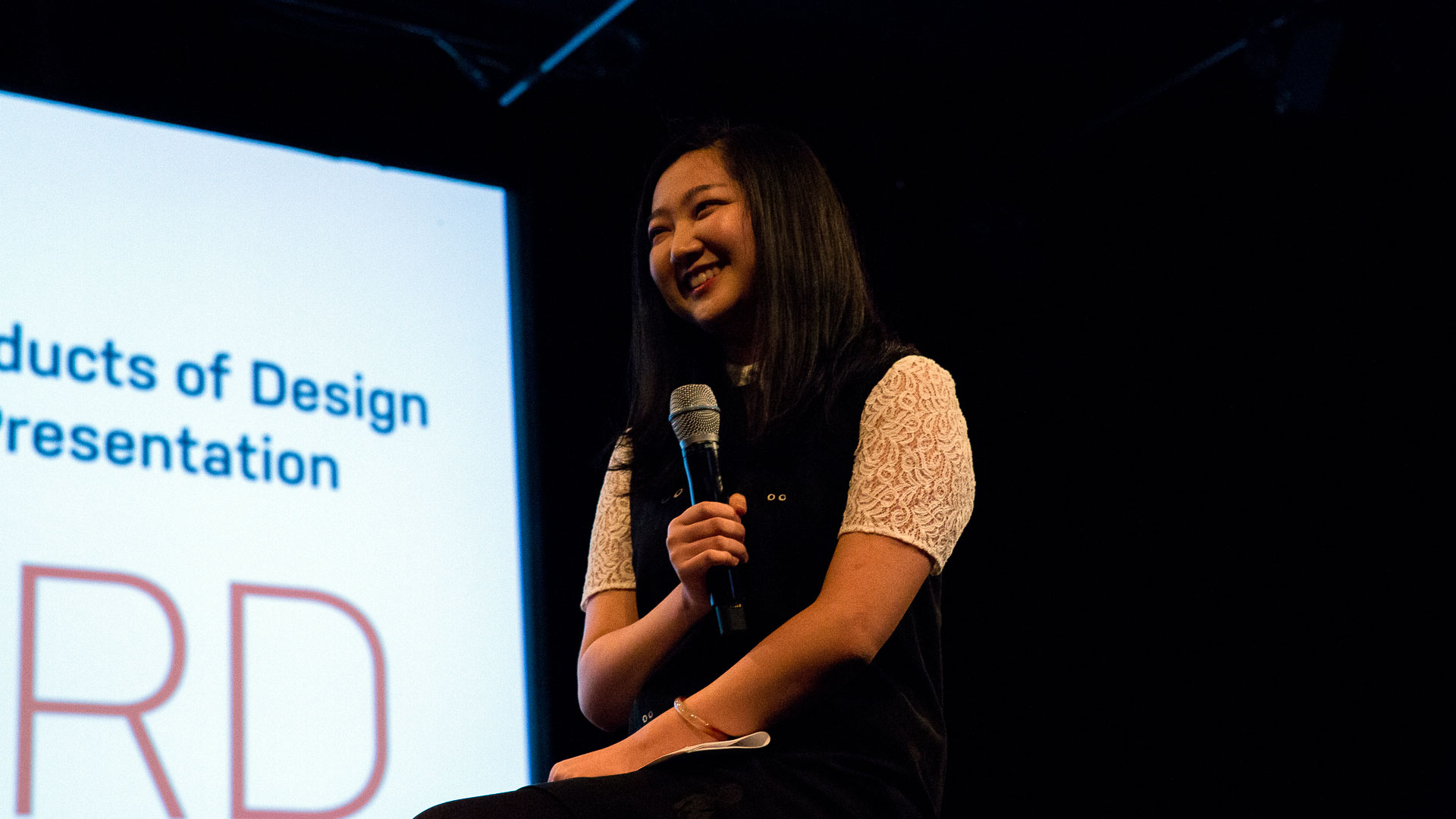
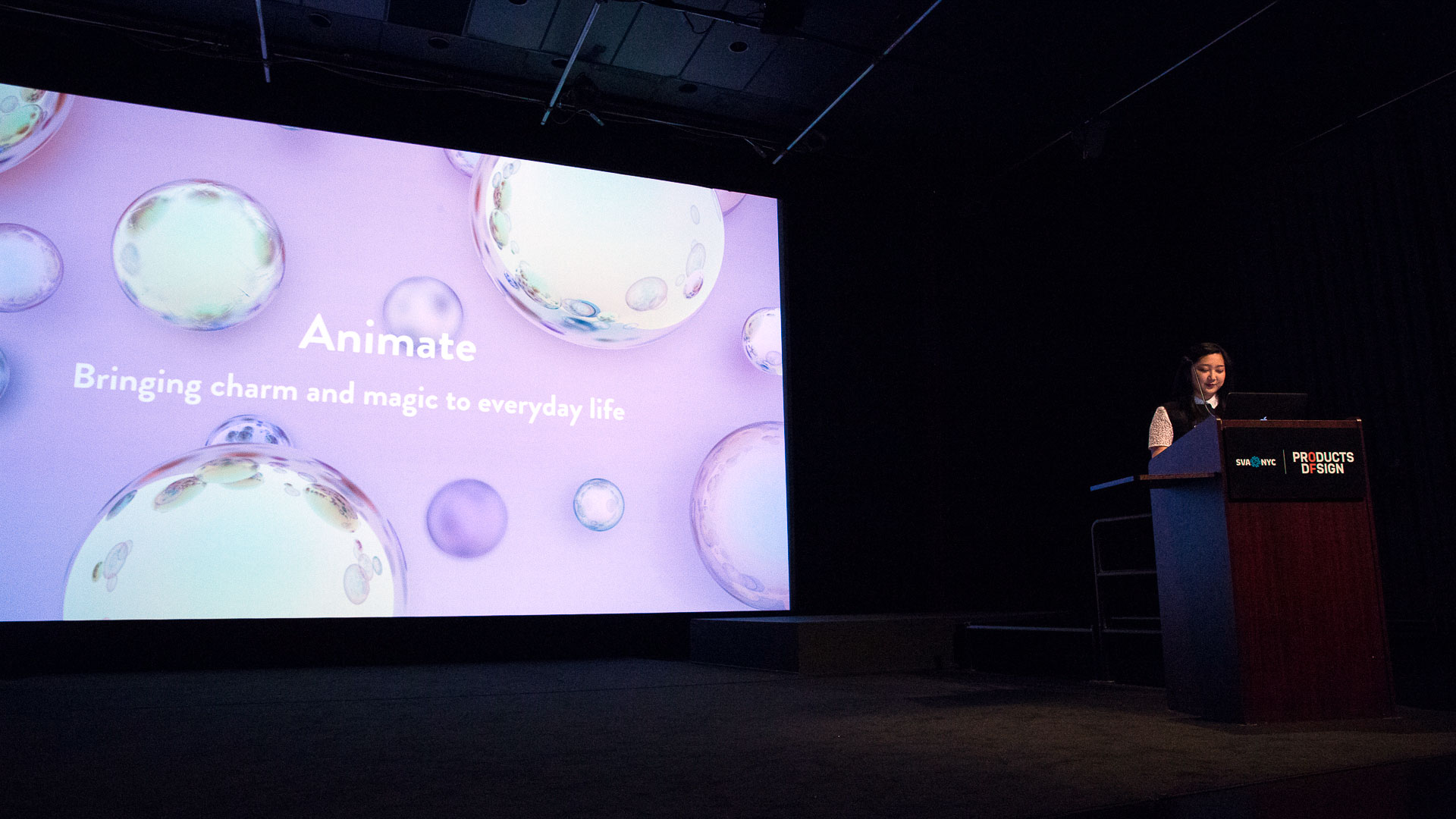
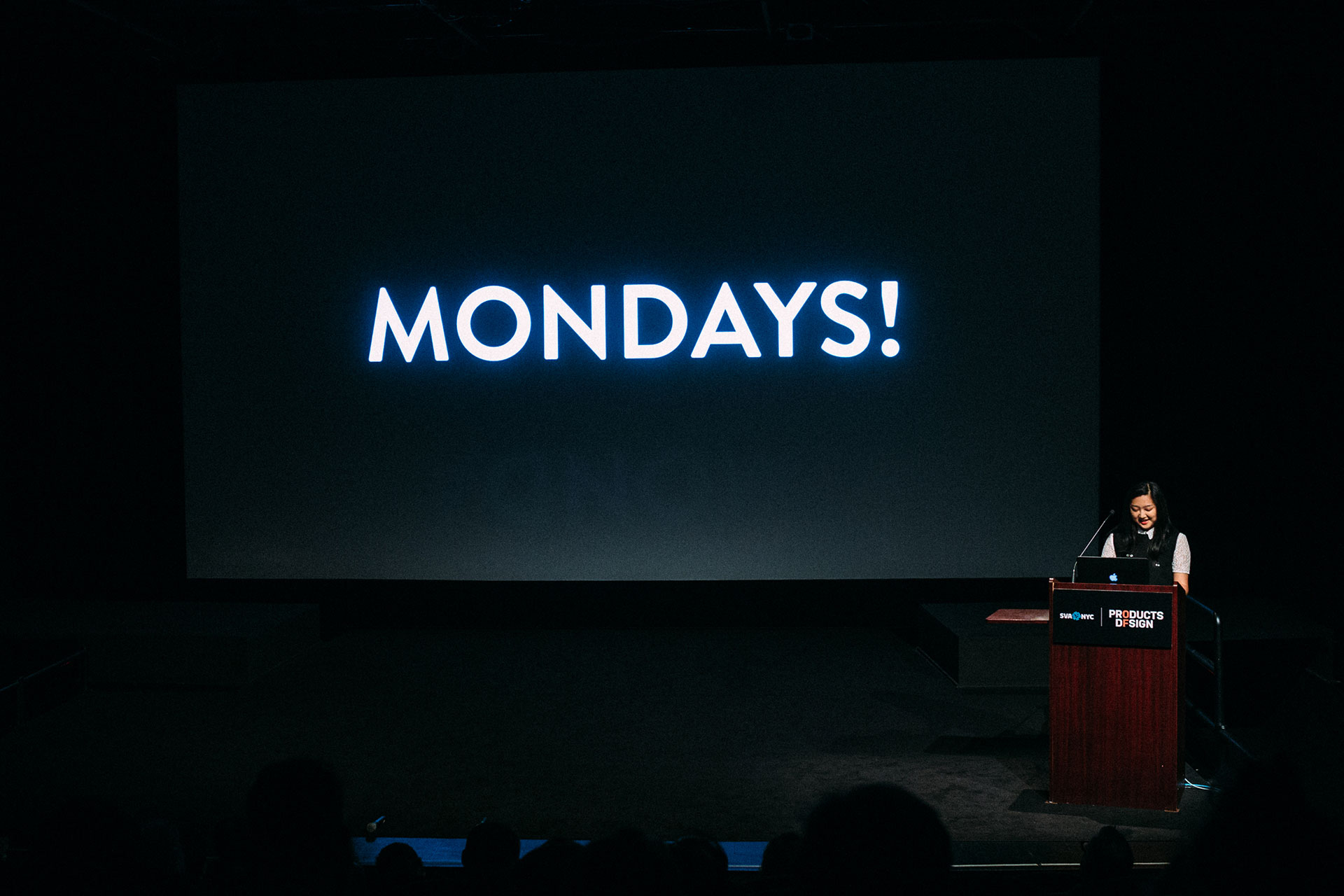
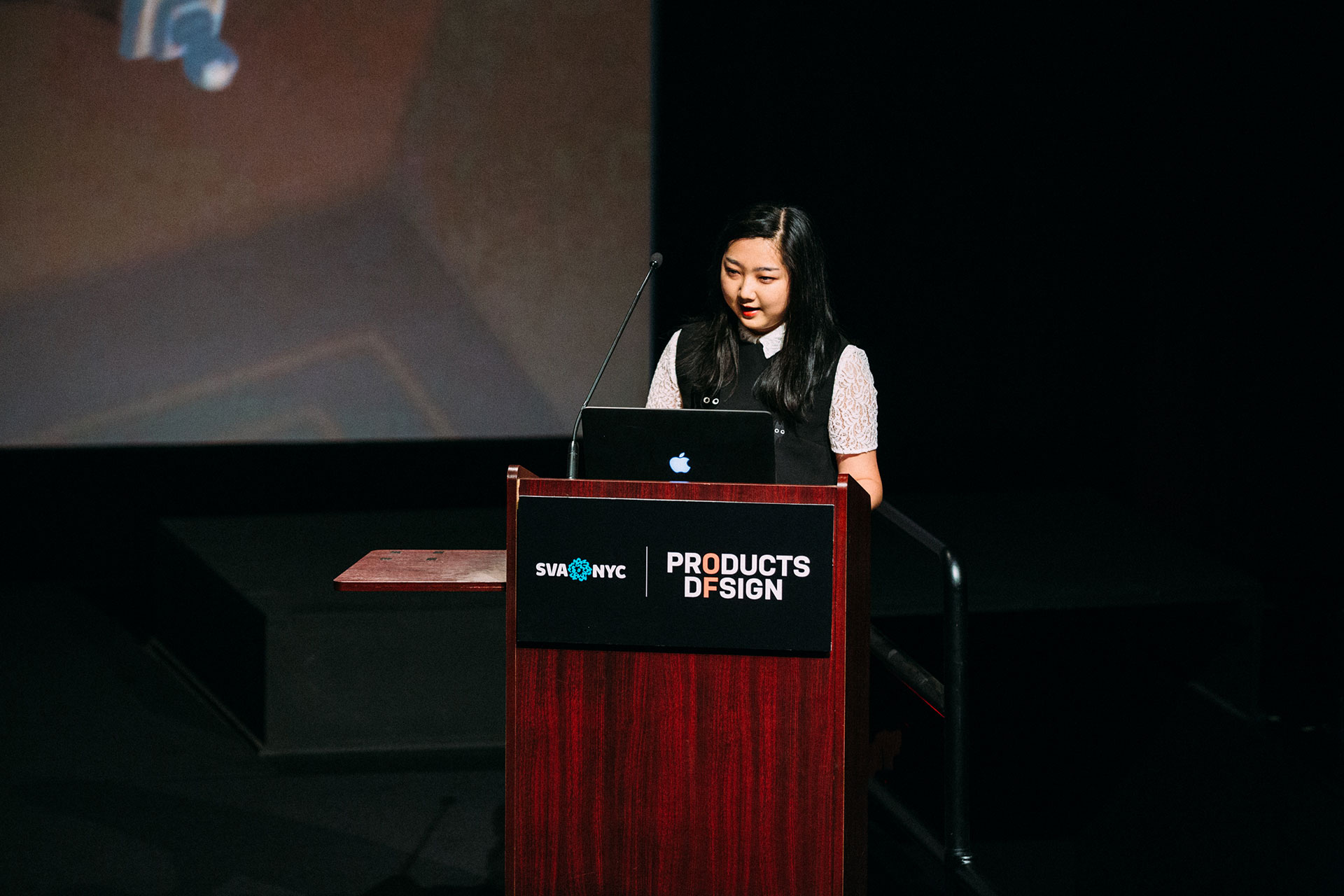
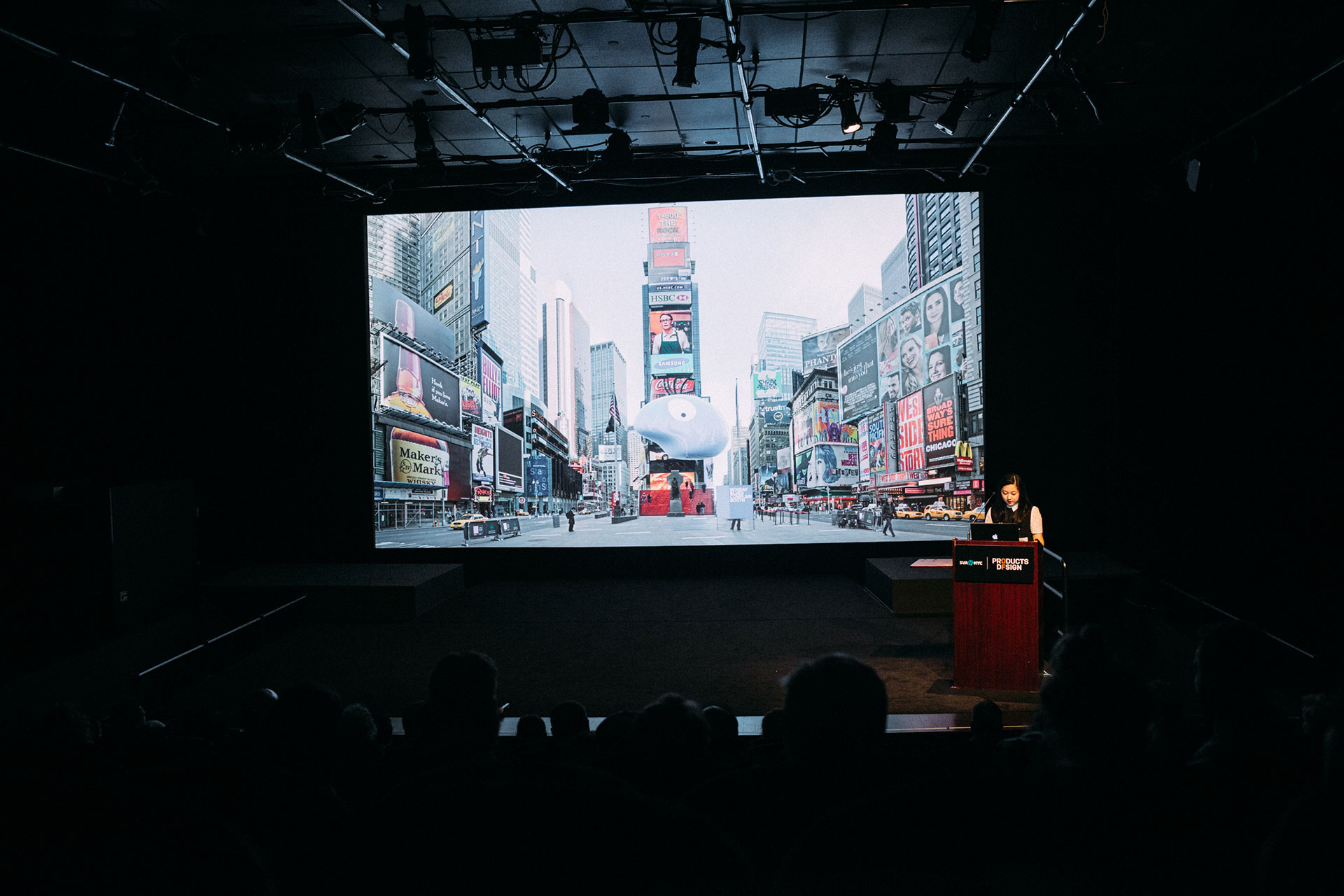
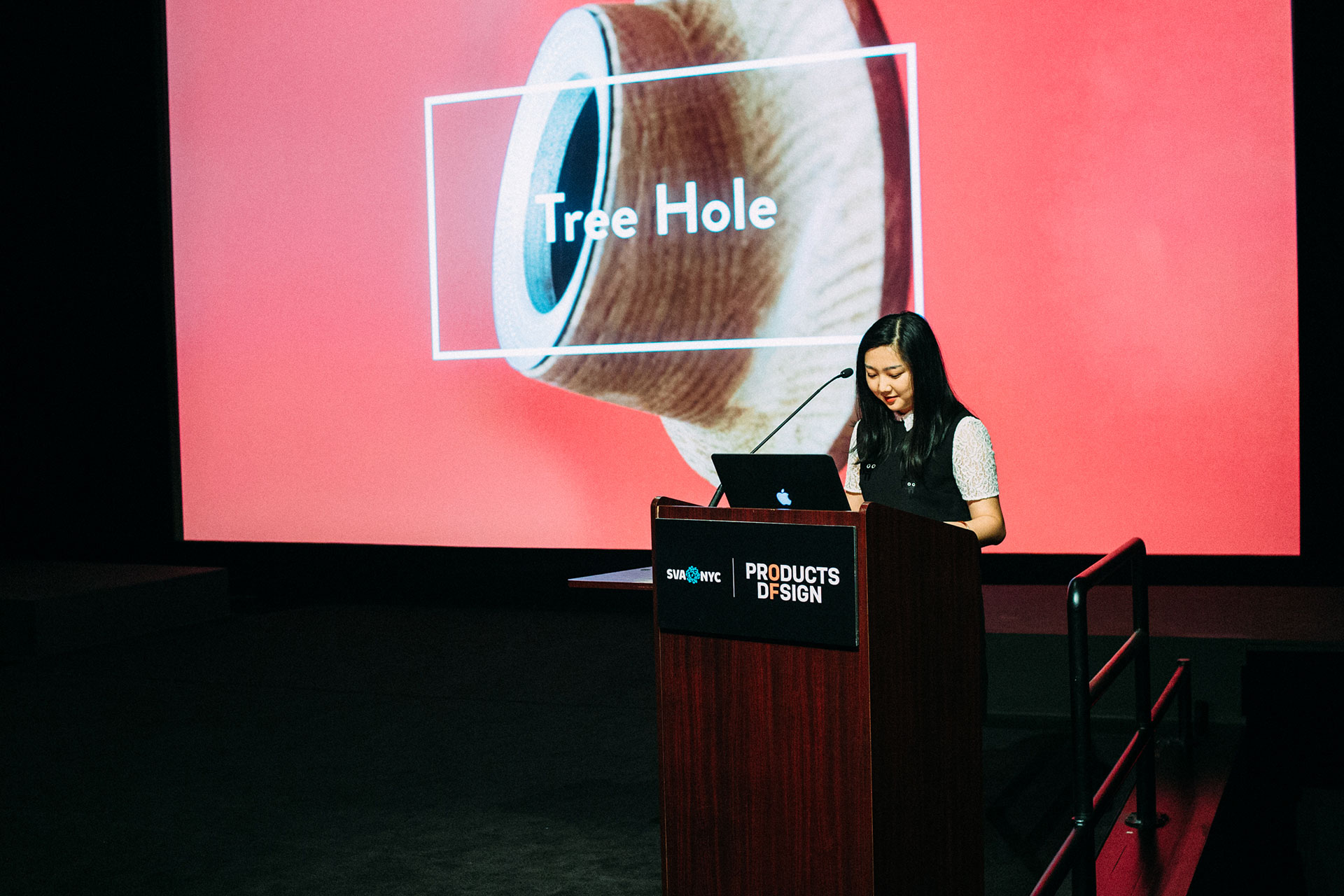
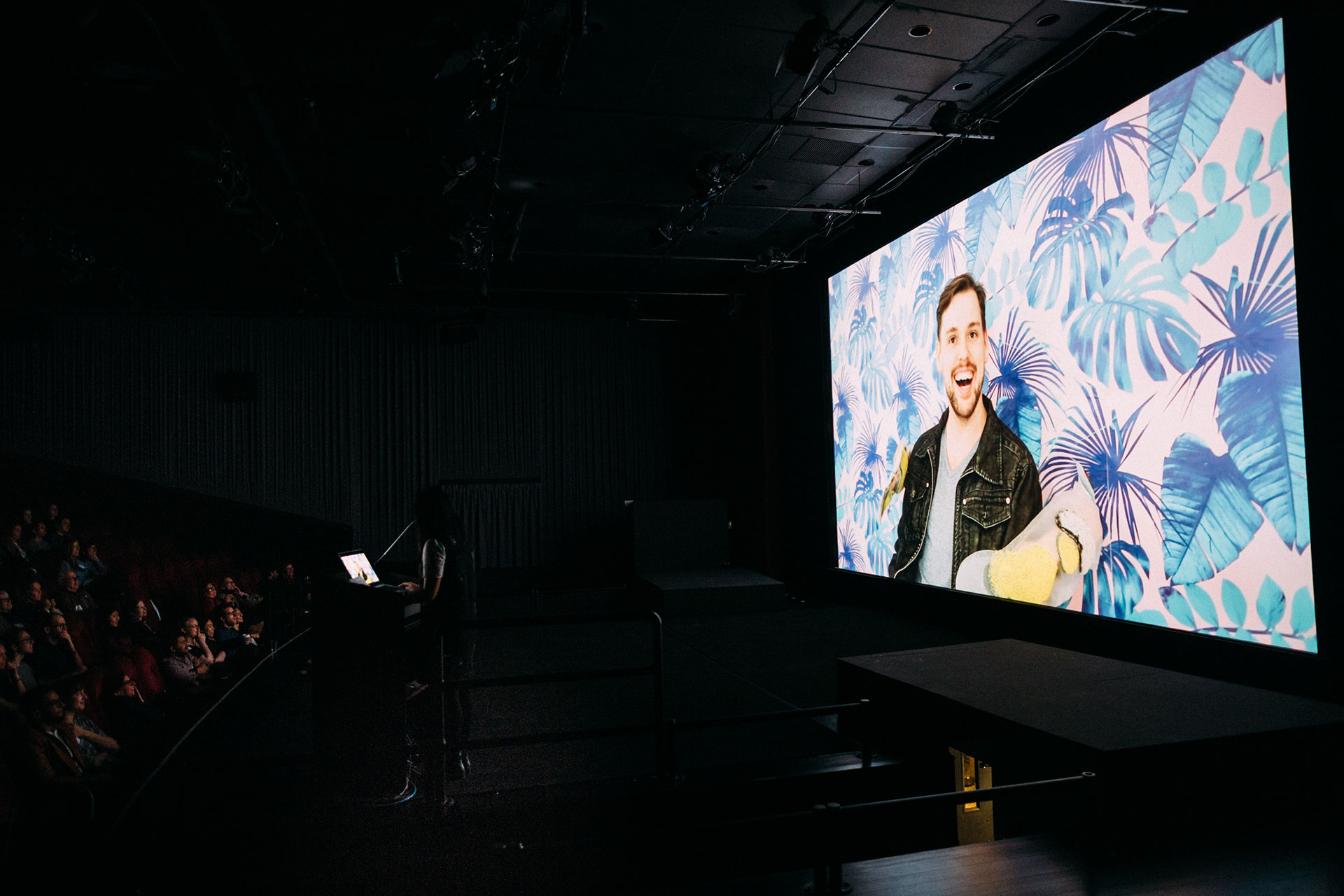
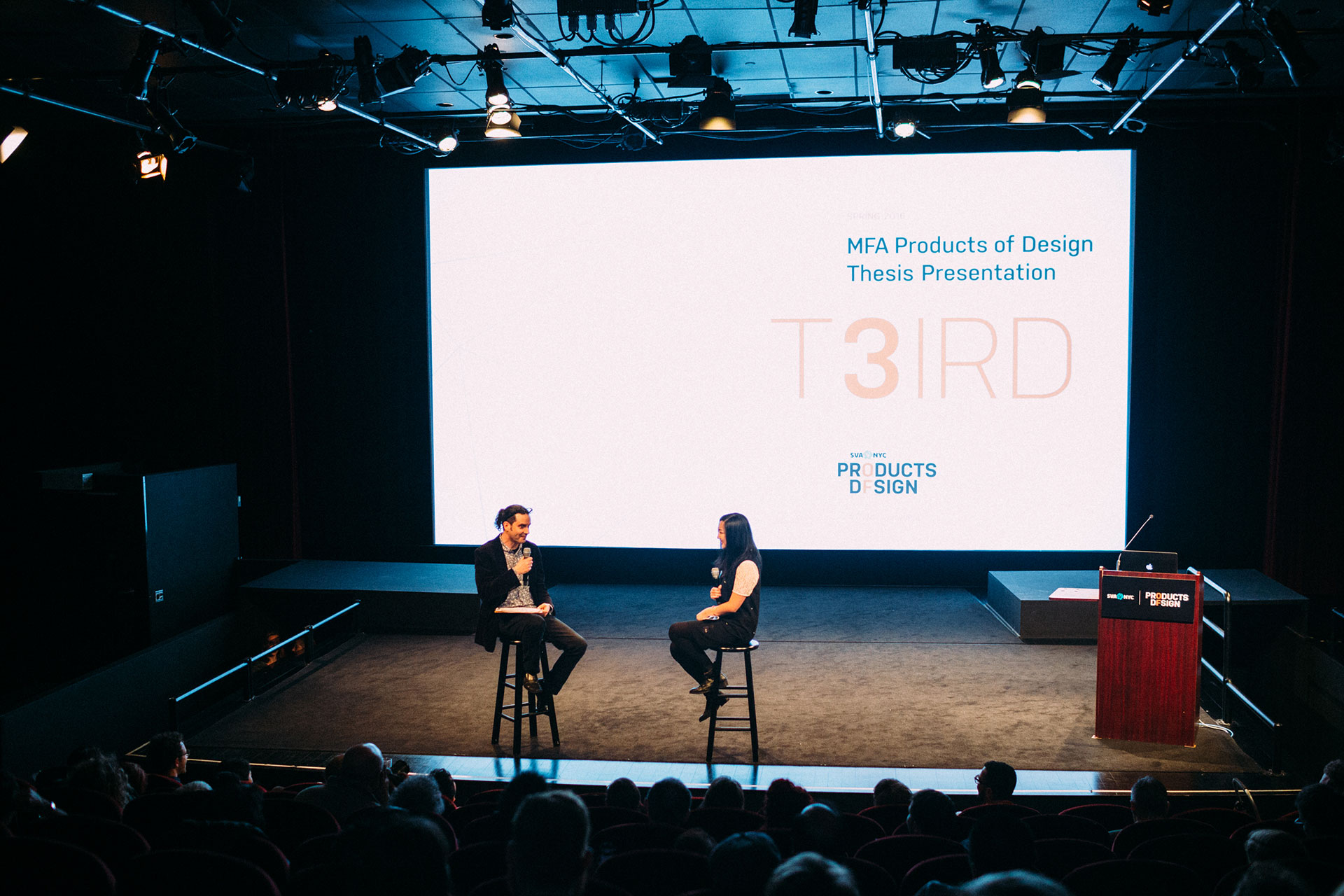
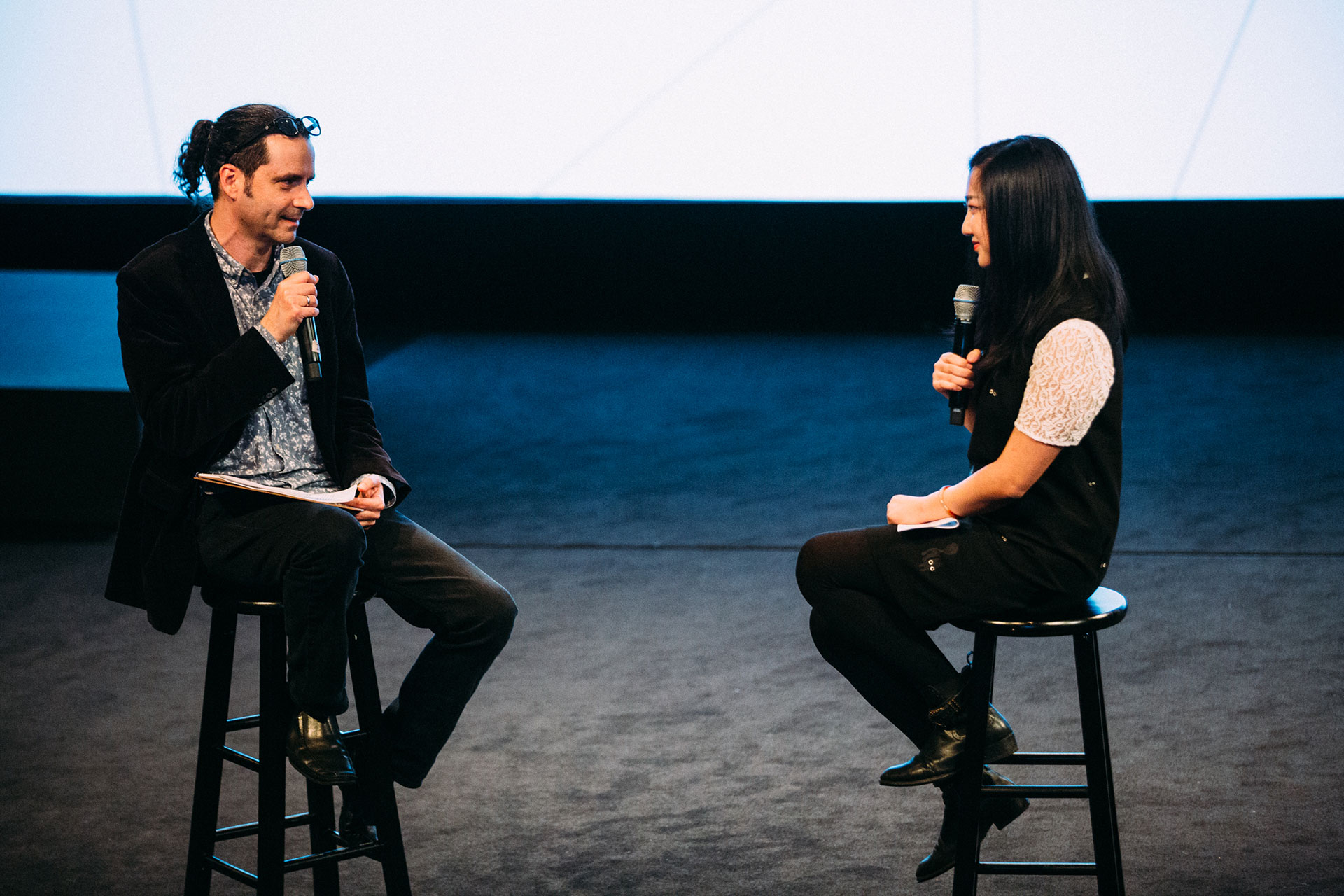
“I wanted to build a new relationship between people and their possessions, and encourage us to celebrate and remember what we have; to respect and be grateful for the objects that serve us well.”
BAKU
Qi started her design journey with the story of Baku—a mythical Japanese creature “that eats people's nightmares.” Qi designed a BAKU app as a modern embodiment of the story, and used it as an intervention for the social phenomenon of complaining. “And of course," she quips, "one of the most common complaints in our culture...is Mondays.”
“If you type “# Monday blues” into a twitter search, you find countless people feeling low-spirited, annoyed, anxious, and even fearful about facing Mondays.”
Qi first considered BAKU as a speculative campaign and public intervention, offering “complaint booths” for people to articulate their feelings about Mondays—out loud. Every word uttered would help inflate a huge BAKU balloon, and at the end of the day, the huge balloon would be set free into to the sky…showing that the dream-eater monster “had taken one’s nightmares away.”
In order to help more people deal with blue moods in their everyday lives, Qi imaged the BAKU app. “BAKU eats your blue moods,” Qi offers. “It let’s people complain, and then transforms those negative emotions into something fun and uplifting.”
Here’s how it works: First, the user clicks on the 'Complain' button, which activates the microphone and invites their complaint. The longer one complains, the larger BAKU becomes. When the user releases their finger from the microphone button, BAKU stops inflating. Then the user has the choice of picking up a needle and popping the complaint-filled monster.
Testing the interaction with users in both physical and digital ways, Qi got dynamic feedback. For instance, one user reported, “There was a moment when I wanted to save the balloon and keep my complaint.” Another offered, “I didn’t want to kill him!”
This feedback inspired Qi to look for new ways to deal with transforming complaints into positive feelings—through empathy.
People would seal the tree hole with mud, so that their secrets would stay there forever.
Tree Hole
Qi reflects that in ancient times, a troubled person might go into the mountains and find a hole in a tree to tell their secrets to. They would seal the hole with mud so that the secrets would stay there forever. "Nowadays, our lives are so busy, and we are put under an incredible amount of pressure. We have an increased need to express our thoughts, emotions, and anxieties,” she argues.
Tree Hole is an interactive intervention that repurposes one’s negative emotions by collecting a complaint and translating it into music by echoing your voice. Tree hole encourages people to complain, to vent, and to be self-aware. After the complaint, Tree Hole will play music back to you, giving you a new perspective on the things that cause you stress.
Reanimate takes the most elegant movements in ballet and uses them to alter the eating experience.
Reanimate
Reanimate explores how to help people break some of life's routines. It’s is a food service that transforms repetitive eating behaviors into a new experience that brings surprise and delight. Reanimate takes the most elegant movements in ballet, and uses them to alter the eating experience.
Qi designed both the tableware and the track. Whenever users reach for a spoon, they must slowly slide that spoon along the arched track—mimicking a dance.
“I wanted to create a space for the audience to imagine and wonder about the inner lives of the inanimate objects that surround them every day.”
Petting Zoo of Animated Chairs
Qi’s Petting Zoo of Animated Chairs features a chair coming to life. “I wanted to create a space for the audience to imagine and wonder about the inner lives of the inanimate objects that surround them every day,” she says. “And most importantly, I wanted to build a new relationship between people and their possessions—encouraging us to celebrate and remember what we have; to respect and be grateful for the objects that serve us well.”
After people interacted with the animated chair, they were invited to the Sticker Wall to make a special lens that enables them to see things in their life, animated.
Qi hopes that Animate will add a positive perspective to the quotidian, and inspire people to find happiness in the most ordinary details, interactions, and behaviors of life.
See more of Ziyun Qi’s work at qiziyun.com, and contact her at zqi1[at]sva[dot]edu.

















